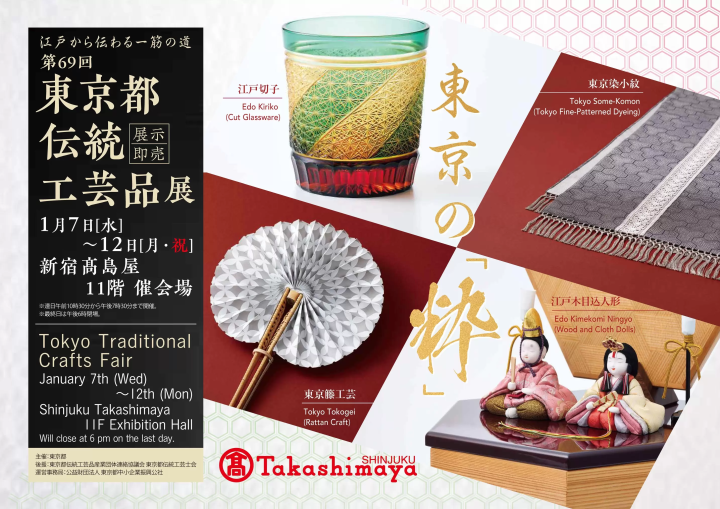JR Kyushu Shinkansen Line: Top 12 Attractions and Ticket Information

The Kyushu Shinkansen is one of the fastest ways to travel across the Kyushu region. From Hakata in Fukuoka to Kagoshima, there are 12 stations along the route. Read on to learn the best places to visit by Kyushu Shinkansen and tips on the cost-efficient JR Kyushu Rail Pass.
JR Kyushu Shinkansen Guide
1. The JR Kyushu Shinkansen Line: Main Features
2. Kyushu Shinkansen Train Types
3. JR Kyushu Rail Pass: A Cost-Efficient Travel Pass for Kyushu
4. Top 12 Places to Visit by JR Kyushu Shinkansen
The JR Kyushu Shinkansen Line: Main Features
The Kyushu Shinkansen fully opened in March 2011, running from Hakata Station to Kagoshima Chuo Station via Kumamoto Station. It can reach its destination in approximately one and a half hours, saving quite a bit of time.
The Kyushu Shinkansen Line is connected to the San'yo Shinkansen Line, and they are collectively known as the Sanyo-Kyushu Shinkansen. This allows direct access from Kagoshima to Osaka without needing to transfer.
Kyushu Shinkansen Train Types
| Train Type | Stations | Remarks |
| Mizuho | Shin-Osaka - Kagoshima Chuo | The fastest train between Shin-Osaka and Kagoshima Chuo, taking only 3 hours and 45 minutes for the entire journey. Its color is orange. |
| Sakura | Shin-Osaka - Kagoshima Chuo | This train also connects Shin-Osaka to Kagoshima Chuo, with arrival times just after Mizuho. Its color is pink. |
| Tsubame | Hakata - Kagoshima Chuo | Runs between Hakata and Kagoshima Chuo, stopping at every station along the way. Its color is blue. |
JR Kyushu Rail Pass: A Cost-Efficient Travel Pass for Kyushu
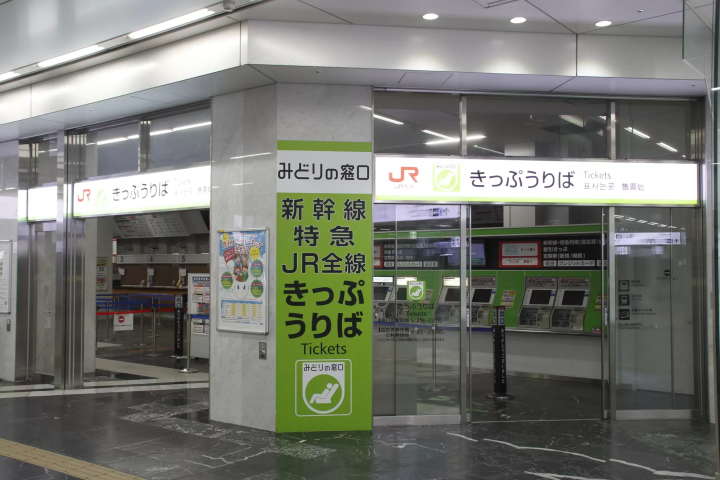
Photo by Pixta
Most travelers visiting Kyushu choose to drive. However, if you prefer not to deal with fatigue from driving or want to enjoy the charm of Japanese railways, utilizing the Kyushu Shinkansen is essential!
The best deal on train travel in Kyushu is the JR Kyushu Rail Pass (3, 5, or 7 days), which can also be used to ride the Kyushu Shinkansen.
Types of JR Kyushu Rail Pass
The JR Kyushu Rail Pass is available in three formats:
- Northern Kyushu: covers Fukuoka, Oita, Saga, Nagasaki, etc.
- Southern Kyushu: covers Kumamoto, Oita, Miyazaki, Kagoshima, etc.
- All Kyushu: covers the entire Kyushu region
| Ticket Type | Days | Price |
| Northern Kyushu | 3-Day Pass, 5-Day Pass | 3-Day Pass: Adult: 14,000 yen, Child: 7,000 yen; 5-Day Pass: Adult: 16,000 yen, Child: 8,000 yen |
| Southern Kyushu | 3-Day Pass | 3-Day Pass: Adult: 11,000 yen, Child: 5,500 yen |
| All Kyushu | 3-Day Pass, 5-Day Pass, 7-Day Pass | 3-Day Pass: Adult: 21,000 yen, Child: 10,500 yen; 5-Day Pass: Adult: 23,000 yen, Child: 11,500 yen; 7-Day Pass: Adult: 25,000 yen, Child: 12,500 yen |
*Please note that prices may vary if purchased at train stations or through overseas travel agencies.
Eligibility and Methods for Purchasing JR Kyushu Rail Pass
To purchase the JR Kyushu Rail Pass, you must be a non-Japanese passport holder entering Japan under a short-term stay visa (up to 90 days).
You can check the exchange points and locations for purchasing the JR Kyushu Rail Pass in Japan on the JR Kyushu Official Website.
JR Kyushu Rail Pass Usage Notes
- Passengers using the rail pass can freely choose to ride all local trains, express trains, and Shinkansen seats within the designated valid area.
- When boarding, you must present your passport, which should contain a visa stamp or sticker issued for short-term stay travelers.
- The validity period of the pass is consecutive, and the usage period cannot be interrupted. If you have a 3-day pass, it must be used within three consecutive days and cannot be used separately.
- The pass cannot be used on the Shinkansen between Hakata and Kokura, since this section is operated by JR West's Sanyo Shinkansen.
- Pass holders can upgrade to the Green Car but must pay an additional fee.
Top 12 Places to Visit by JR Kyushu Shinkansen
Using the JR Kyushu Rail Pass, there are 12 stations from Hakata to Kagoshima Chuo. Besides passing through major stations like Kumamoto, what hidden attractions might the other stations have? We introduce some of these spots below.
1. Hakata Station: Kushida Shrine

Photo by Pixta
Kushida Shrine, the oldest shrine in Hakata, is just a 15-minute walk from Hakata Station. It has been famous since ancient times for prayers of longevity and prosperous business.
The annual Hakata Gion Yamakasa Festival held in July is one of Fukuoka's important celebrations, featuring tall floats adorned with magnificent decorations inspired by Japanese folklore, leaving many in awe.
2. Shin-Tosu Station: Tosu Premium Outlets
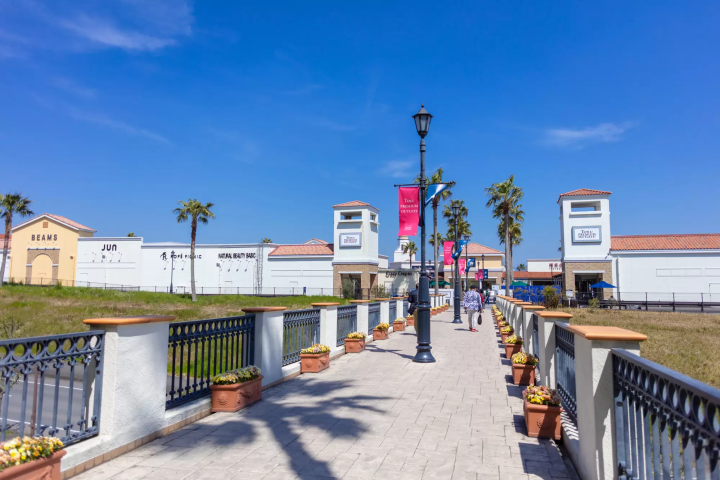
Photo by Pixta
Tosu Premium Outlets, the largest shopping center in Kyushu, features approximately 170 stores ranging from European and American brands to Japanese brands. You'll be able to find children's clothing, boutiques, and gourmet food.
The outlet's architectural style is inspired by Southern California, allowing shoppers to enjoy a delightful shopping experience that feels like a vacation.
Additionally, the outlet offers periodic sales and promotions. For more details, please visit the official website.
3. Kurume Station: Kora Taisha Shrine
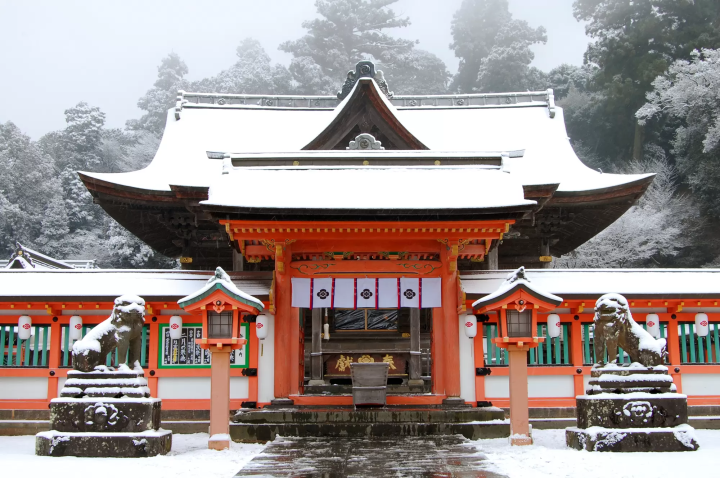
Photo by Pixta
Kora Taisha Shrine, with a history of over 1,600 years, was once classified as one of the highest-ranking shrines in Japan, known as a Kokubunsai. It was awarded the highest ranking of a shrine in 897 and is registered as the Engishiki-nai Myojin Taisha.
The shrine is also designated as an Important Cultural Property of Japan. Located on the slopes of Mount Kora, you can overlook the entire Chikugo region's scenery from the shrine's hall down the approach.
4. Chikugo-Funagoya Station: Nakayama's Wisteria
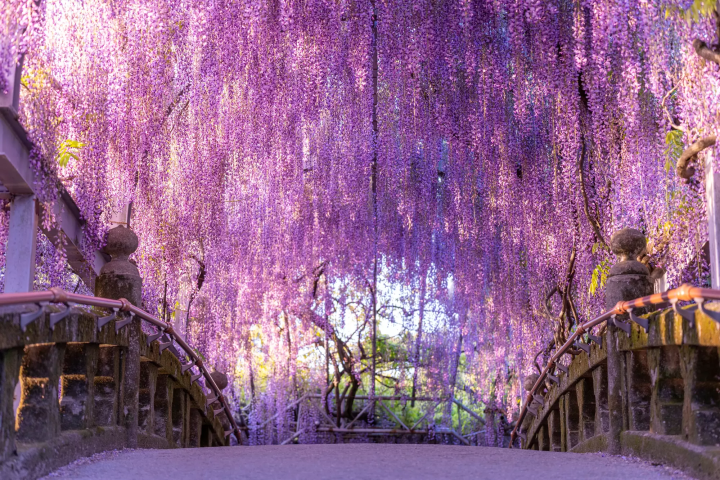
Photo by Pixta
The Nakayama Wisteria is a wisteria arbor that is approximately 300 years old, located within the grounds of Nakayama Kumano Shrine in Yanagawa City. It has been designated as a Natural Monument of Fukuoka Prefecture.
Every spring, the approximately 350 tsubo (about 1,150 square meters) wisteria arbor blooms beautifully. It creates a dreamy scene filled with purple blossoms that attract over 100,000 visitors each year.
5. Shin-Omuta Station: Miike Coal Mine
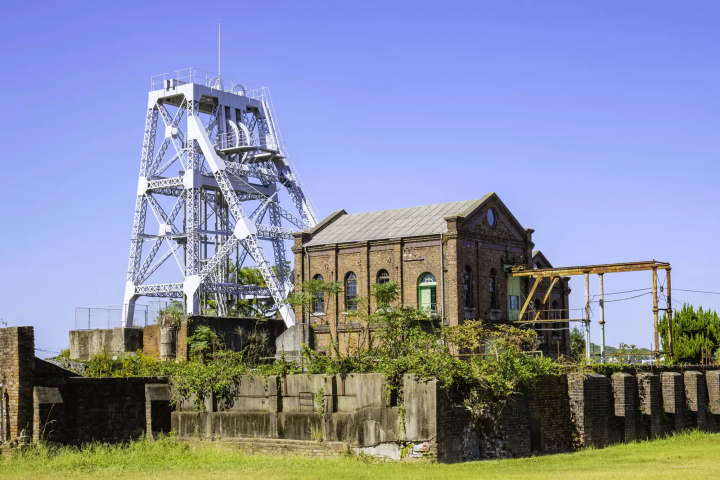
Photo by Pixta
The Miike Coal Mine began operations during the Edo period and was acquired by the Mitsui Group in 1889, leading to extensive mining activities. Over the years, the mine faced several accidents and labor disputes, along with the gradual decline of the coal industry, resulting in its closure in 1997.
Today, the Miike Coal Mine is designated as an Important Cultural Property of Japan. In 2015, it was registered as a World Heritage Site under the category of "Sites of Japan's Meiji Industrial Revolution."
6. Shin-Tamana Station: Rengein Tanjoji Okunoin Temple
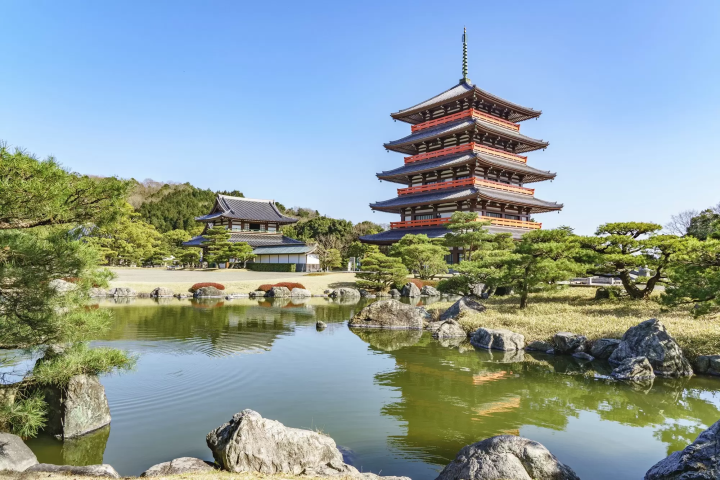
Photo by Pixta
Rengein Tanjoji Okunoin Temple is affiliated with the Japanese sect of Esoteric Buddhism, known as Shingon Risshu. The Okunoin was established 50 years ago to commemorate the 800th anniversary of the passing of Emperor En.
Initially, it served as a training ground for practitioners, but it gradually transformed into a temple for fulfilling wishes and dispelling bad luck.
Additionally, the temple houses the largest brass bell in the world, known as "Hiryu no Kane," whose resonant tones echo in the mind, turning worries to ash.
7. Kumamoto Station: Sakura-no-Baba Josaien

Photo by Pixta
Located near Kumamoto Castle, Sakura-no-Baba Josaien recreates the atmosphere of the Edo-period castle town.
Along Cherry Blossom Street, you'll find approximately 20 shops offering local Kumamoto cuisine, souvenirs, and the opportunity to experience the history of Kumamoto Castle through virtual reality at the Kumamoto Castle Museum Wakuwakuza.
Hotels near Sakura-no-Baba Josaien
8. Shin-Yatsushiro Station: Kumamon Port Yatsushiro
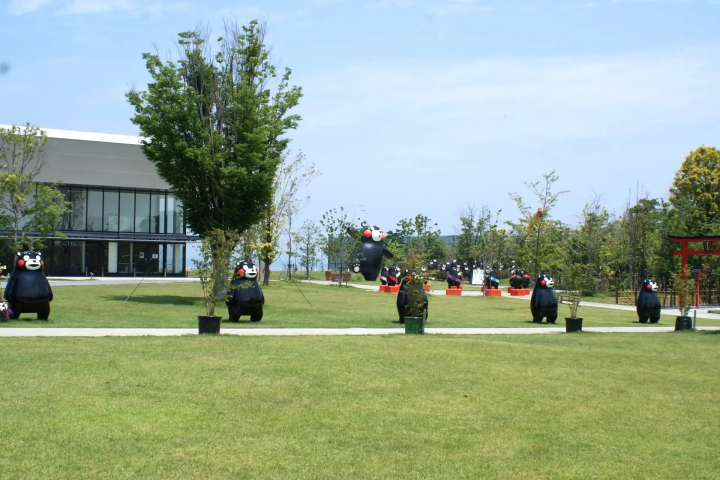
Picture courtesy of PR Times
Japan's most popular city mascot, Kumamon, has gathered 84 Kumamon figures of various sizes at Yatsushiro Port Park, including a 6-meter-tall Kumamon.
You won't want to miss the adorable sight! The over 20,000 square meter area features Kumamon in a variety of poses for photo opportunities, along with sales of local specialties and Kumamon merchandise.
9. Shin-Suizenji Station: Yunotsuru Onsen
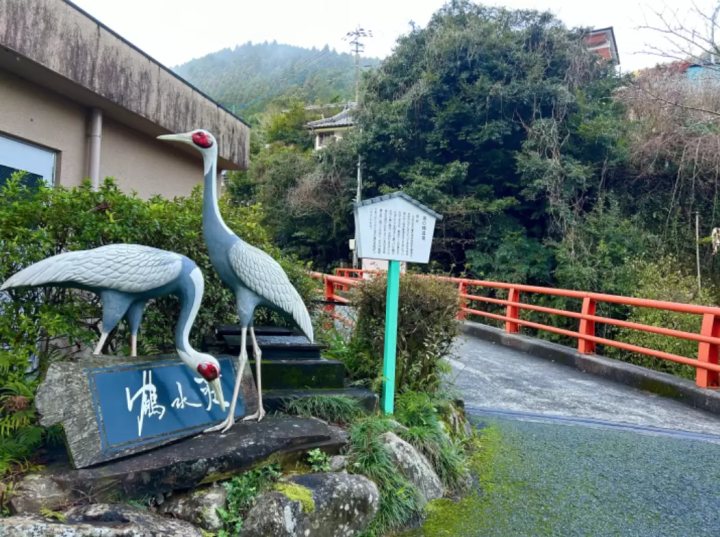
Picture courtesy of Kumamoto Prefecture: A Hidden Hot Spring in Minamata City Yunoko Yunotsuru Onsen
Located on the border of Minamata City and Kagoshima Prefecture, Yunotsuru Onsen boasts a history of approximately 700 years. Legend has it that cranes, or "tsuru" in Japanese, came to the area to heal their wounds, which is how the name Yunotsuru originated.
In this quaint hot spring town, there are currently only five inns and two public baths. It is the perfect sanctuary for those seeking tranquility away from the hustle and bustle of crowds!
Read also
10. Izumi Station: Izumi-Fumoto Samurai Residences
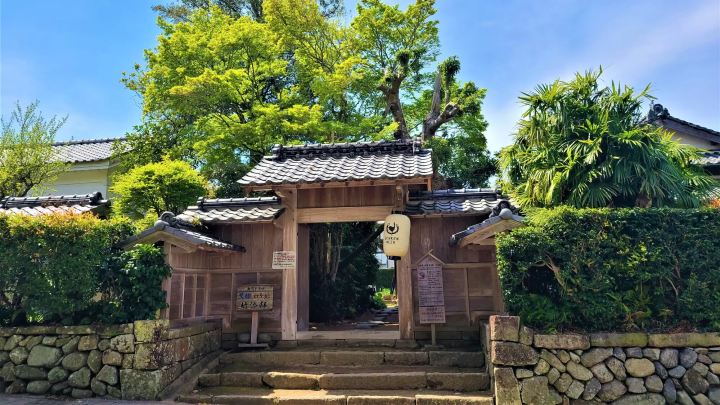
Photo by Pixta
Designated as a National Important Traditional Building Preservation District, the Izumi-Fumoto Samurai Residences is the largest samurai residence in the Satsuma Domain.
Covering approximately 46 hectares, the area features a well-organized checkerboard street layout with around 150 Edo period houses still intact today. You can rent a kimono and stroll through the streets, feeling as if you have stepped back in time to the Edo period.
11. Kawauchi Station: Armor Workshop Marutake
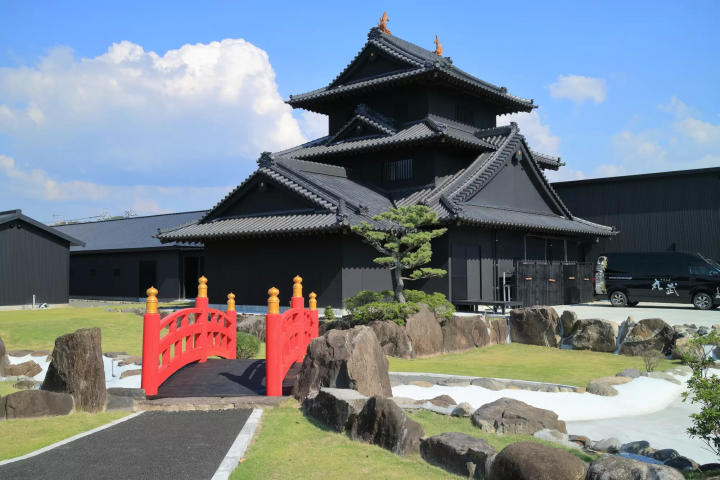
Picture courtesy of Pixta
Armor Workshop Marutake, located in Satsumasendai City in the northwest of Kagoshima Prefecture, is a workshop dedicated to the creation of samurai armor.
The workshop displays 50 sets of famous warrior armor, and virtually all armor used in Japanese period dramas are crafted here. The intricate armor makes one admire the craftsmanship of the artisans who create these props.
12. Kagoshima Chuo Station: Senganen Garden
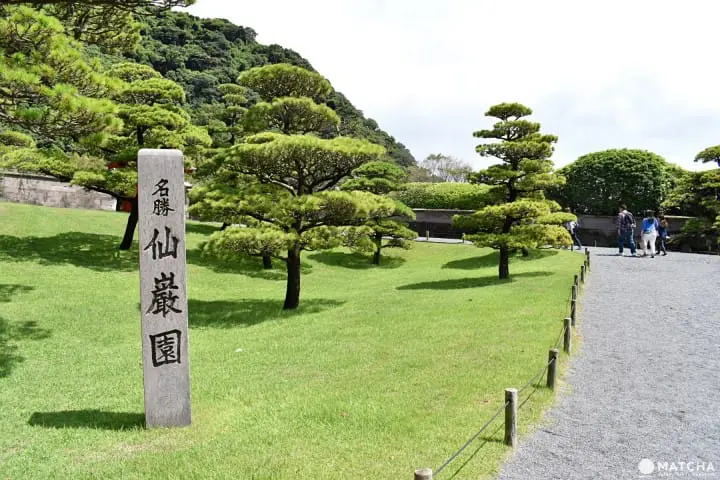
Senganen Garden is a garden constructed by the feudal lord of the Satsuma Domain, incorporating the breathtaking view of Sakurajima as a part of its landscape. Visitors can enjoy the magnificent scenery of Kinko Bay, making it a place where one wishes to linger.
Spanning approximately 50,000 square meters, this expansive garden features a variety of flowers blooming throughout the four seasons. It is a significant representation of Kagoshima's Japanese gardens, deeply moving historical figures such as Tokugawa Yoshinobu, who once lived in this area.
Hotels near Senganen Garden
Enjoy Exploring Kyushu by Shinkansen
Kyushu is slightly larger than Taiwan, and traveling through Kyushu via the Kyushu Shinkansen is the best choice. Moreover, the Nishi Kyushu Shinkansen has also been operational since September 2022, making it even more convenient to explore Saga and Nagasaki while offering a wider selection of attractions to enjoy.
Frequently Asked Questions
Do I need to make a reservation for oversized baggage when traveling on the Kyushu Shinkansen?
If the sum of the three dimensions of your baggage exceeds 160 cm, you will need to make a reservation for a seat with a designated area for oversized baggage. For more information regarding baggage regulations, please refer to the JR Official Website.
Read also
Main image by Pixta





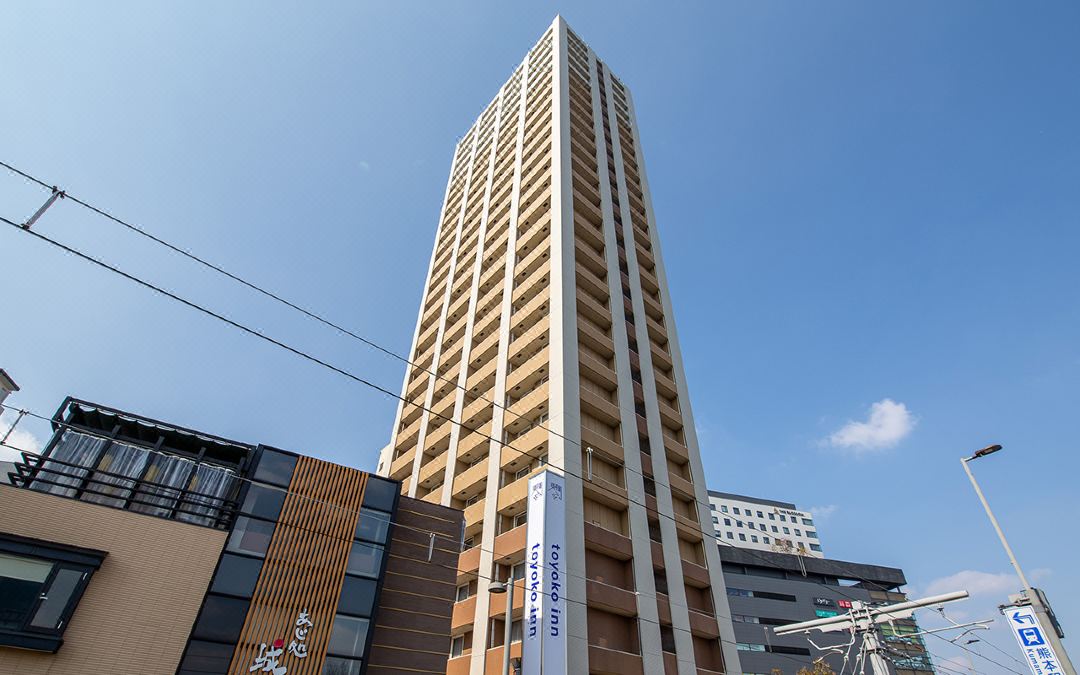

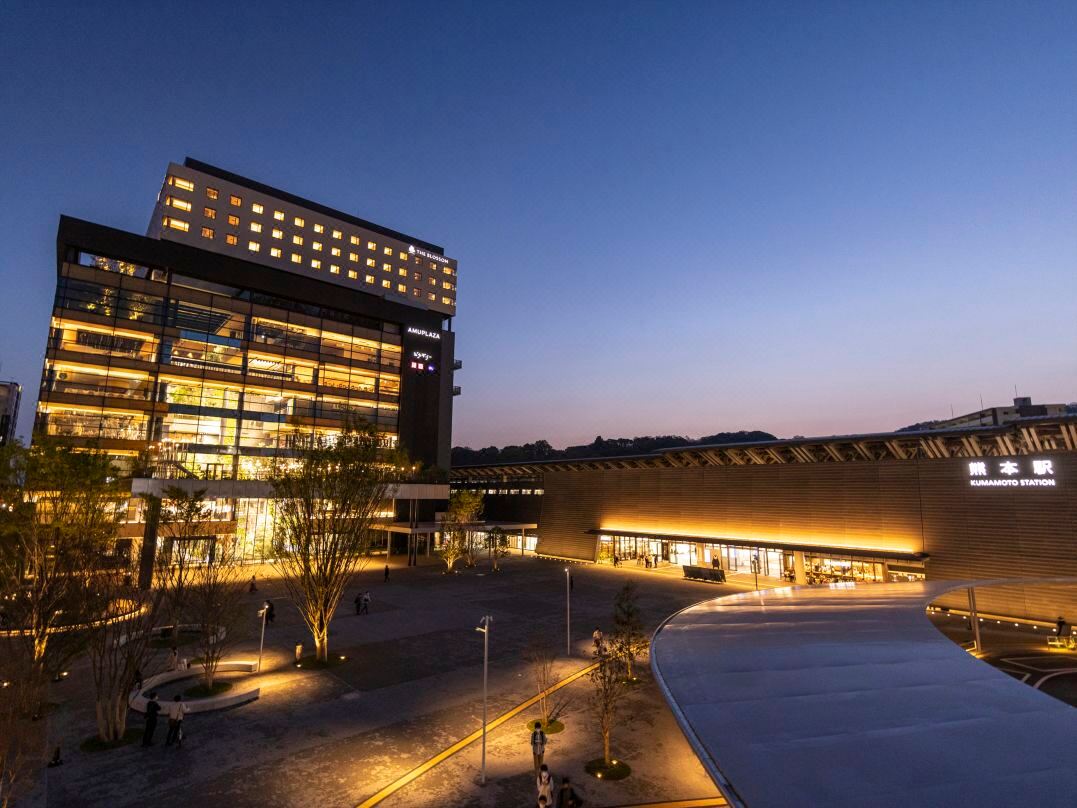
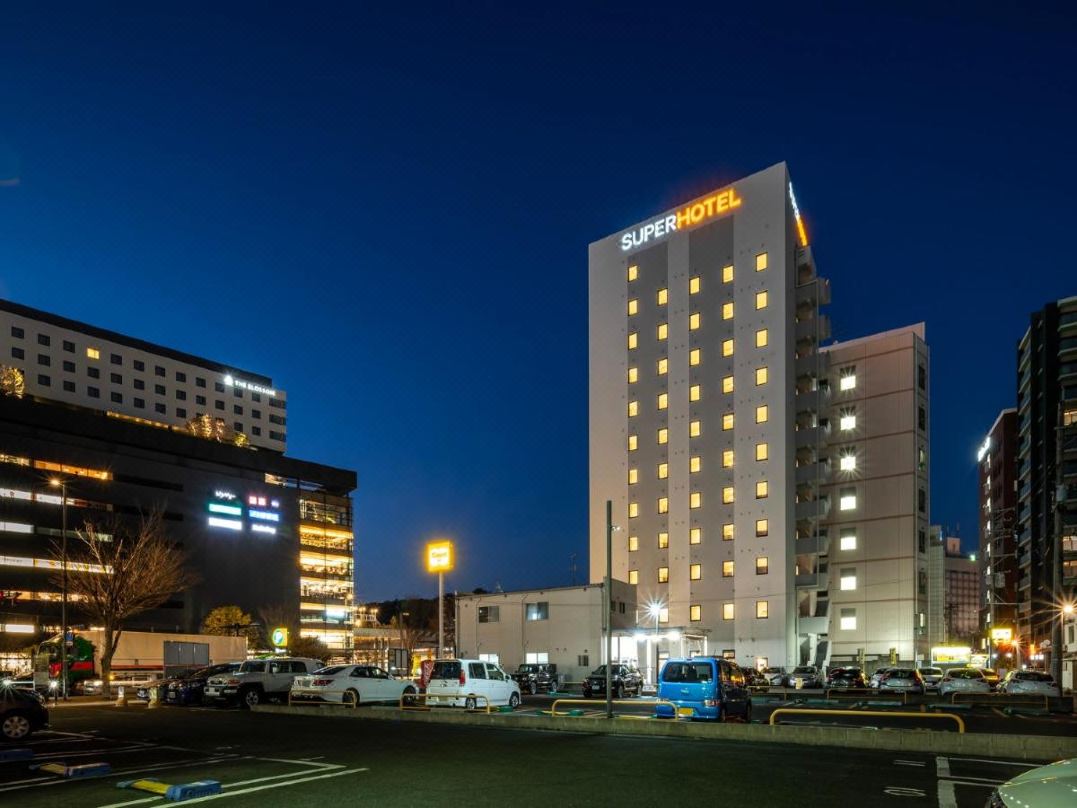




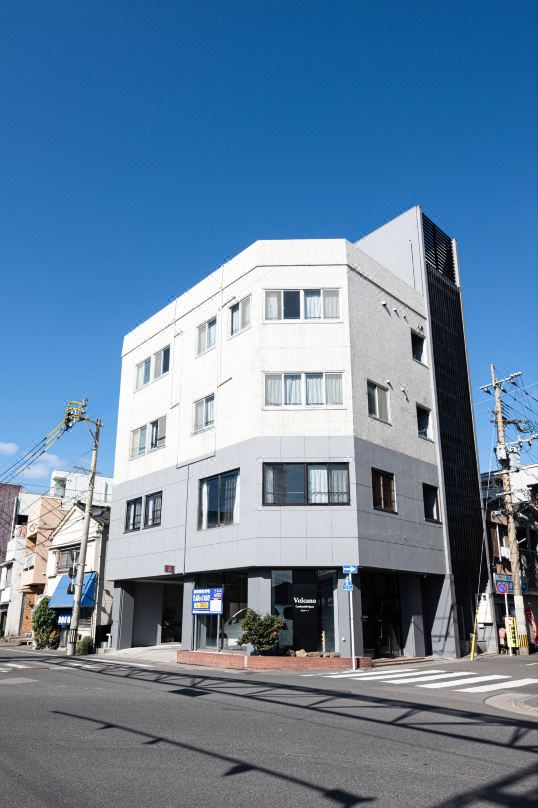



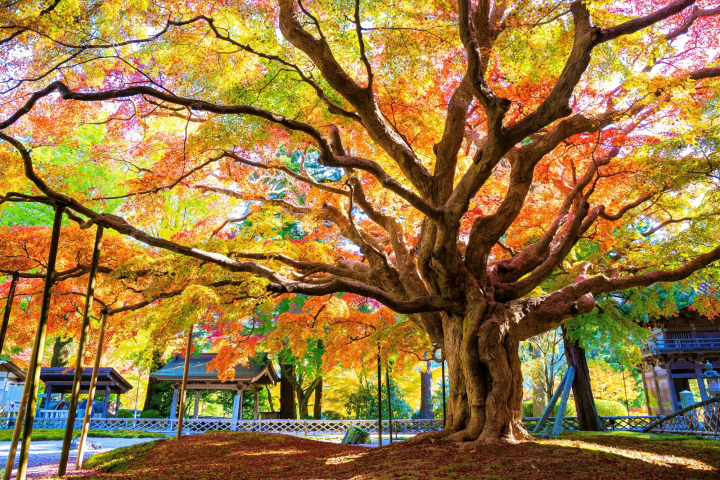



















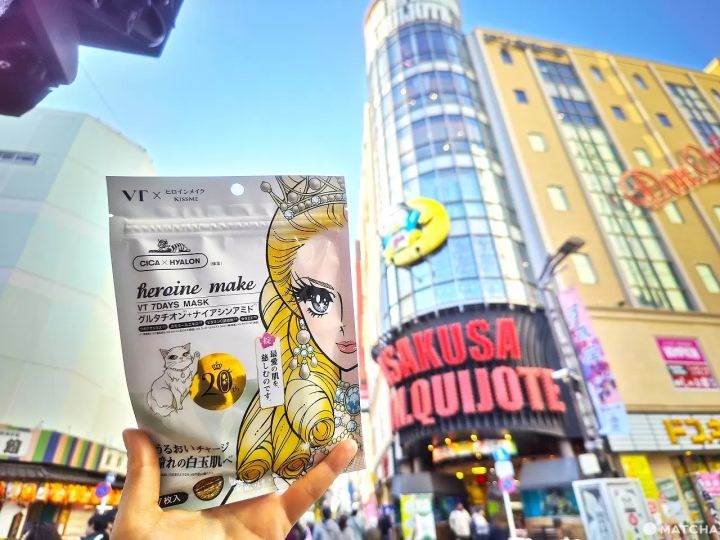

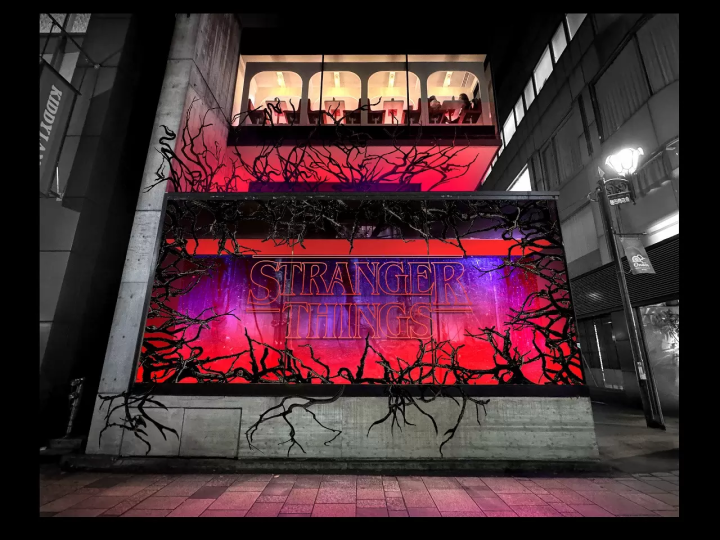
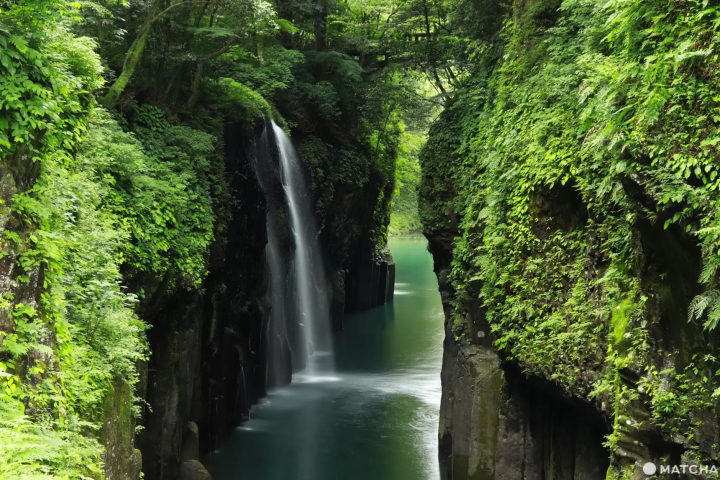





![[JR KYUSHU HOTEL Blossom Oita] A hotel directly connected to Oita Station - A comprehensive guide to access!](https://resources.matcha-jp.com/resize/720x2000/2025/10/23-247814.webp)
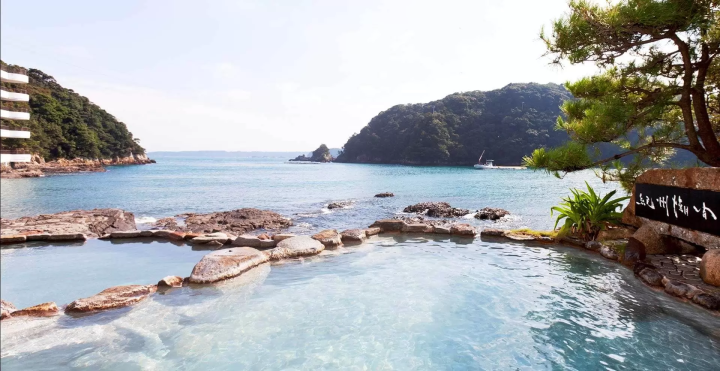
![Deep dive into Japanese brands! A tour of famous leather shoe stores with GENSEI & Nin [Harta Edition]](https://resources.matcha-jp.com/resize/720x2000/2025/12/18-253277.webp)
